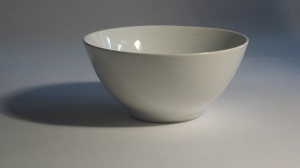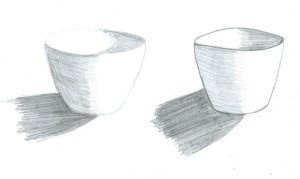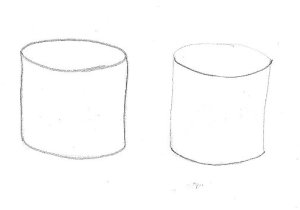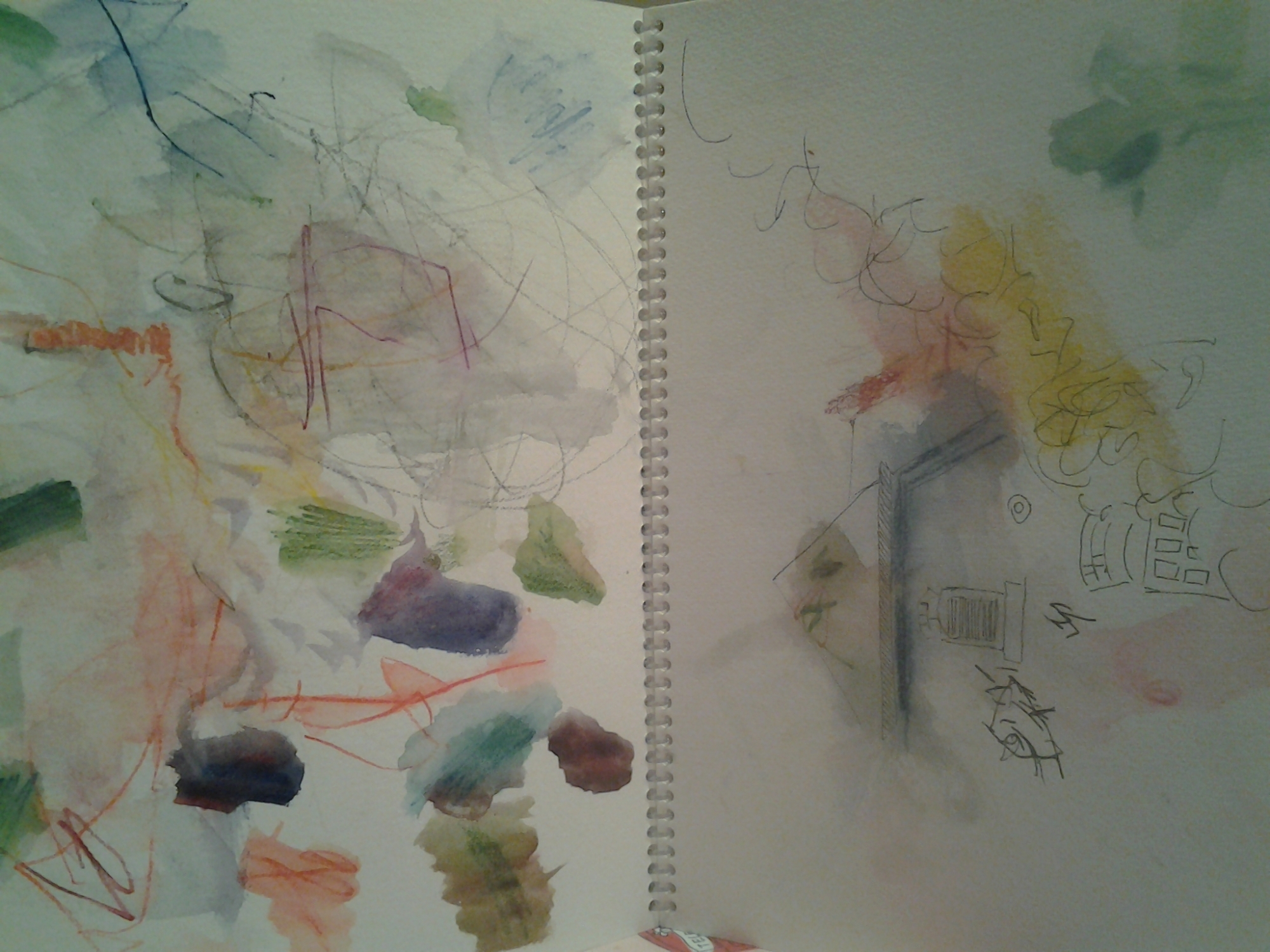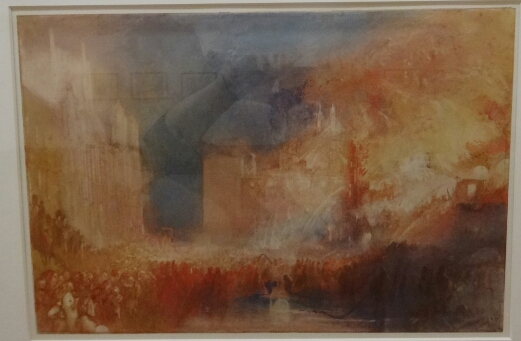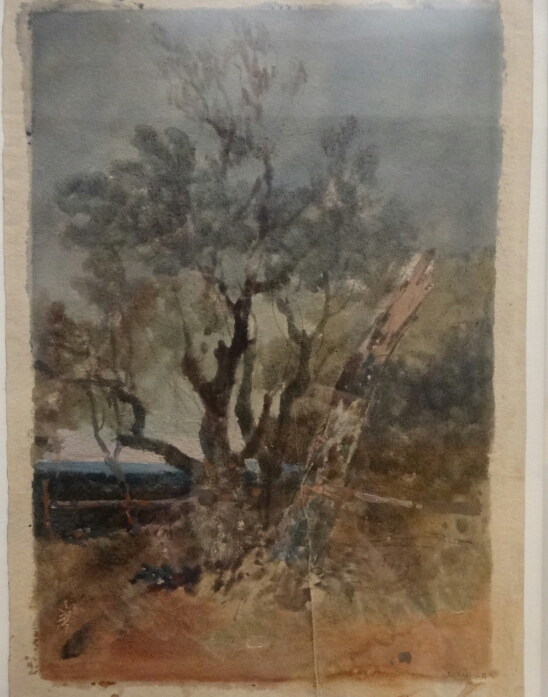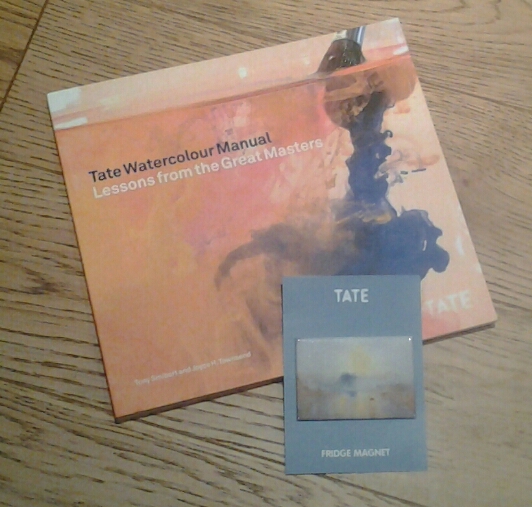 I had the pleasure of demonstrating to the members of the WA Society of Arts for their August meeting. I was asked to go back to the basics of drawing. Thanks to Tim Sewell who took notes and the following summary was published in the latest newsletter 🙂
I had the pleasure of demonstrating to the members of the WA Society of Arts for their August meeting. I was asked to go back to the basics of drawing. Thanks to Tim Sewell who took notes and the following summary was published in the latest newsletter 🙂
Demonstration notes August meeting.
Our demonstrator for August was one of our own, Karen Frankel. Her subject drawing the very essence and foundation of all two-dimensional art. Although her father was a commercial artist Karen was self-taught and made use of the readily available materials at home. She cannot remember not drawing and it came easily to her. She has
taught drawing skills for 15 years and was passionate to show her students just how easy it is. She realised however that many do not find it so straightforward.
Karen is very clear that drawing skills are not a matter of inherent talent, talent is overrated, science has established that practice is the key, as it is for a musician or sportsperson. Yet drawing has a mystique and people will readily disown any ability or aptitude. Karen has taught over 1000 students to draw, a matter of justifiable satisfaction. She took us back to the basics; how to see. Our natural tendency is to ‘know’ what something looks like, our brains are programmed to impart that information. The secret of good drawing is to try to overcome this, to look at objects as a Martian might, with no preconceived ideas. Also draw because it is enjoyable process, if it is not, why bother? Forget any imagined end result, adults especially expect far too much too soon.
Karen’s materials for her demonstration were a pad of white paper, a 2B pencil and a putty eraser. Her subject matter for a still life, an apple, a mug and a bottle all painted white, illuminated by a simple desk light in order to focus on values and shadows. The first stage is to execute a ‘thumbnail’ sketch to establish the values, the shapes of tone, the cast shadows, accurate replication of the objects is not the purpose. Squinting or looking through the eyelashes helps eliminate too much detail. Use the pencil at arm’s length as if against a sheet of glass to measure relative distances. Negative space is particularly important because this one area where the brain does not have a preconception, a skyline is a very good example of a negative shape. Mistakes should not be erased but used as guides to getting it right next attempt. The putty eraser, which can be moulded into any shape is used to lift the tone. A tonal range of 1 to 5 is enough. Objects should be defined by tonal variations not a line, unless of course that is your style a la Cezanne! It is a very natural tendency to want to define subjects with a line.
Having made the sketch, it can be used as the basis for a larger more finished work. Karen explained a process of scaling up using an extended diagonal line across the sketch. First gently indicate the positions of the subjects referring to the sketch not the objects themselves. Establish the big tonal shapes, perhaps the darkest darks first so that the limits of the tonal range are established. From this framework the completed work can be established. Karen also discussed the secret of drawing a circle. A true circle is a rarity because unless your viewpoint is exactly at right angles to the centre of the circle it will in fact be an ellipse.
Drawing an ellipse is a well-known hazard. A way of simplifying the process is to turn your work so that a vertical acts as the centre around which the ellipse is then drawn loosely at arm’s length as often as is necessary for success. This is far easier than attempting to draw an ellipse which is at an angle to your eye line.
This was a very useful demonstration and a timely reminder of the basics of establishing a composition whether for a drawing or a painting; Karen’s enthusiasm for her subject is infectious!
Tim Sewell

 I had the pleasure of demonstrating to the members of the WA Society of Arts for their August meeting. I was asked to go back to the basics of drawing. Thanks to Tim Sewell who took notes and the following summary was published in the latest newsletter 🙂
I had the pleasure of demonstrating to the members of the WA Society of Arts for their August meeting. I was asked to go back to the basics of drawing. Thanks to Tim Sewell who took notes and the following summary was published in the latest newsletter 🙂